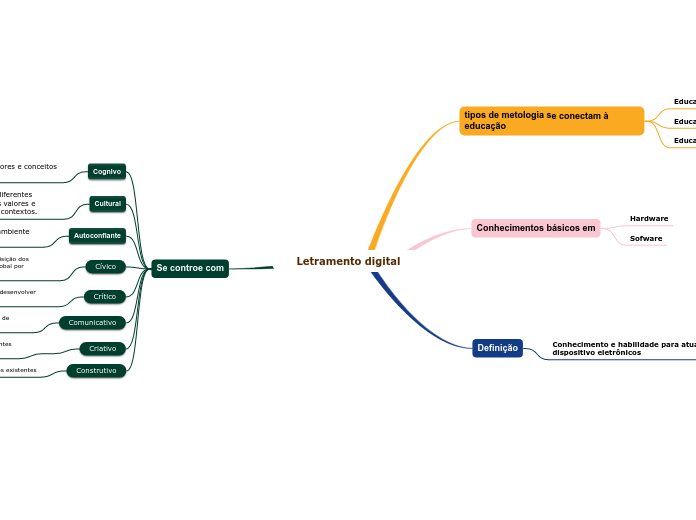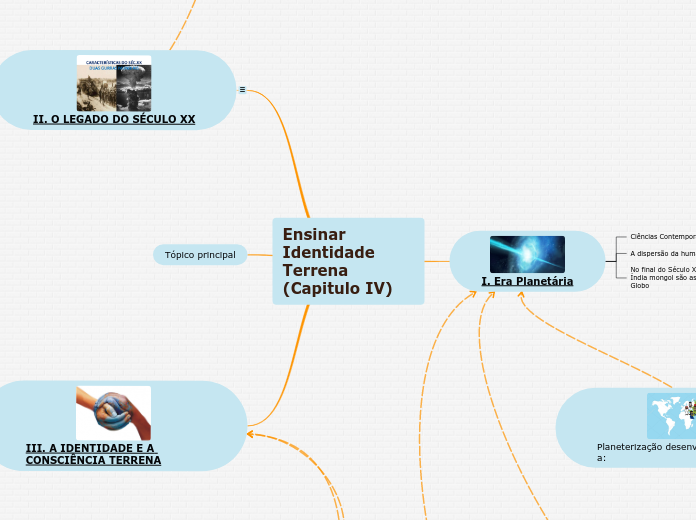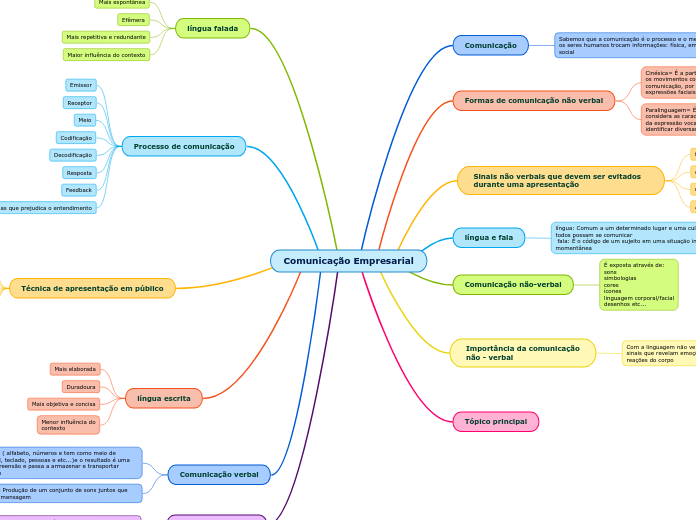Audiologia Educacional: deficiência auditiva no Brasil
The first division between continents was made by ancient Greek navigators, who named them 'landmass, terra firma'.
Generally classified by convention rather than any strict criteria, nowadays seven regions are regarded as continents from a geopolitical point of view.
Processo de acolhimento e orientação da família
Antarctica is not only the coldest place on Earth but also the highest, driest, windiest and emptiest, completely covered with ice.
75% of the world's ice and 70% of the Earth's fresh water is located here.
Summer months of December to February give 24 hours of light, while the winter months of late March to late September are pitch dark the whole day.
There are no permanent inhabitants, except for scientists maintaining research stations in Antarctica.
Induzir a integração entre famílias com deficientes auditivos
Indicar acompanhamento psicológico
There is plenty of animal life in Antarctica. It is a continent of extreme conditions but a range of well-adapted animals thrive here at various times of the year.
Name at least 5 of these animals.
Incentivar aproximação familiar
Antarctica sees half a year of light and half a year of complete darkness.
Write down which months give 24 hours of light, and which are the ones that give pitch darkness the whole day.
Não oferecer falsas expectativas
Instituto Nacional de Educação dos Surdos (INES)
North America has five time zones and it is the only continent with every type of climate.
North America was named after the explorer Amerigo Vespucci and is also known as the 'New World'.
The world's largest sugar exporter among the seven continents - Cuba - also called the 'sugar bowl of the world' is located here.
2022
Libras foi reconhecida como meio legal de comunicação
1980
The specialty of some animals is they are found only in a particular region and nowhere else in the world. North America is home to many of such amazing animals.
Name at least 6.
Língua dos sinais entra em pauta na educação
1880
Native Americans have lived along this river and its tributaries for thousands of years. Most were hunter-gatherers, but some formed agricultural societies.
Formed from thick layers of the river's silt deposits, this river's embayment is one of the most fertile regions of the United States; steamboats were widely used in the 19th and early 20th centuries to ship agricultural and industrial goods.
Name this river.
Proibido o uso da língua dos sinais
D. Pedro II
The world's largest freshwater lake by surface area and the third-largest freshwater lake by volume can be found here. It provides a route for the transportation of iron ore, as well as grain and other mined and manufactured materials.
Large cargo vessels called lake freighters, as well as smaller ocean-going freighters, transport these commodities across this lake.
Name this lake.
Francês Eduard Huet
1857
There are 23 countries that make up North America.
Name as many of you can! Don't forget about their capitals.
Criação do Instituto
Intervenção Fonoaudiológica
Australia is the world's smallest continent and is also known as an 'island continent' as it is surrounded by water on all sides.
It includes 14 countries and it is the least populated continent.
Its name comes from the Latin word 'australis' meaning 'southern' because it lies entirely on the south of the equator.
Normalizar o uso de aparelho aditivo
Australia is home to some animals that can't be found anywhere else in the world.
Name at least 6 of these unique animals.
Intermediar e facilitar a comunicação
The largest sandstone monolith can be found here and it is one of Australia's most recognizable natural icons. It is the largest monolith in the world.
Name this rock and write down one of the characteristics it is famous for.
Incentivar a inclusão
The largest coral reef can be found here.
Name this coral reef, add its length and mention what type of coral is it.
Orientação dos professores
Out of 14, how many countries you can name?
How about these countries' capitals?
Filosofias Educacionais
Europe is separated from Asia by the Ural mountains and the Caspian Sea.
It is surrounded by water on three sides: Mediterranean Sea in the south, Atlantic Ocean in the west, and the Arctic Ocean in the north.
Three-fourth of the world's potatoes grow in Europe.
Comunicação total
Garantir a comunicação entre surdos e ouvintes
Utilização simultânea de todos os recursos linguísticos
Bilinguismo
Europe has many exceptional animals, birds, and reptiles with unique methods of staying and hunting.
Name at least 4 of them.
Identidade cultural
L2 - Língua oficial do eu país
L1 - Língua dos Sinais (Libras)
Oralismo
Europe is a large region, with several major rivers that connect its many countries. There are five primary rivers in Europe, and one of them flows through 10 countries, more than any other river in the world.
Name these rivers.
Associada a leitura de expressão
Rejeita a língua dos sinais
Aquisição da fala e linguagem









